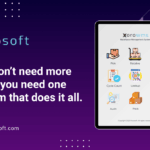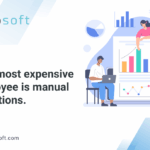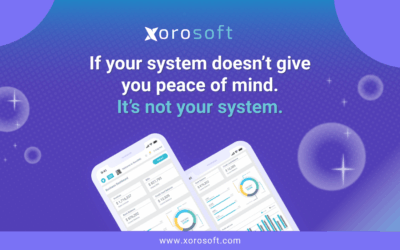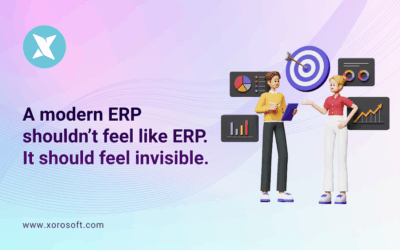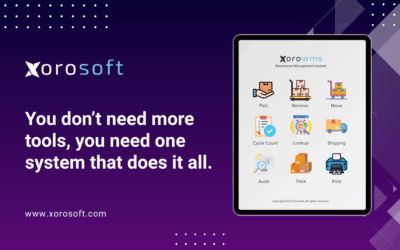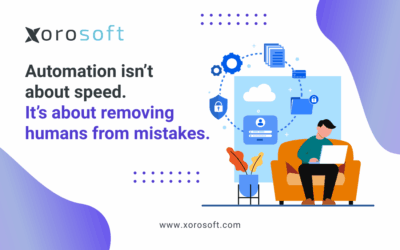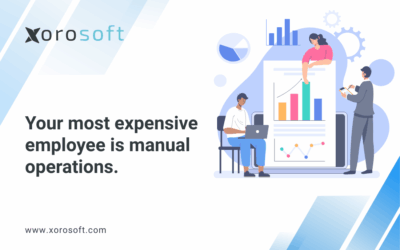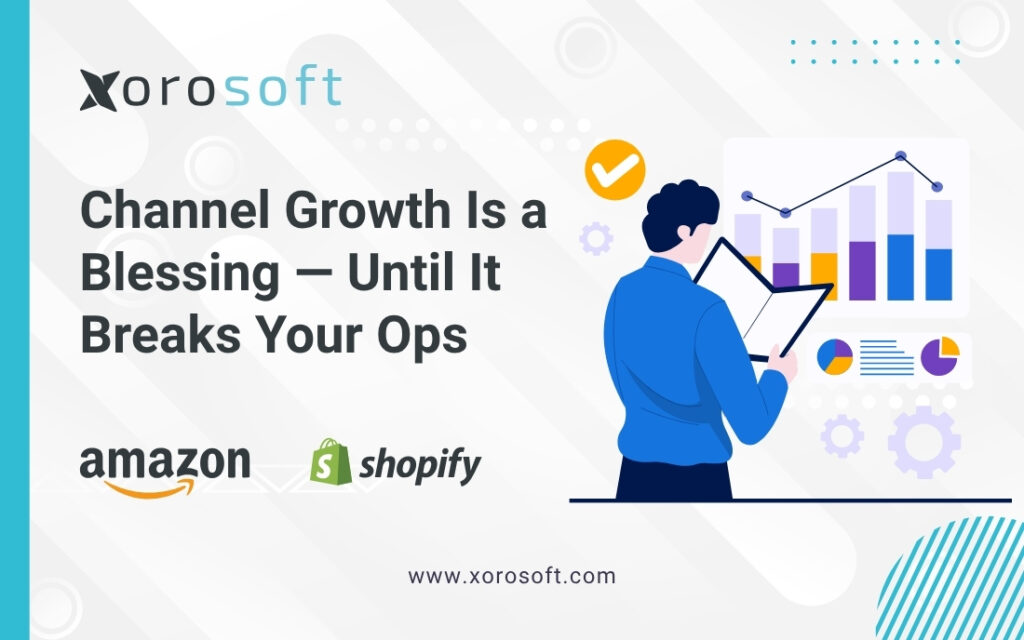
Why a Multi-Channel Operations ERP Becomes Essential Fast
Every business dreams of growth—especially the kind that comes from expanding into new channels like Shopify, Amazon, wholesale, and retail. But unless you have a multi-channel operations ERP in place, that growth can quietly destroy your operations.
But without a multi-channel operations ERP, that growth can quickly turn into chaos.
What begins as a manageable process—an extra warehouse, a new fulfillment partner, one more sales channel—soon turns into a logistical nightmare. Meanwhile, teams are stuck syncing orders across systems. Inventory is wrong. Reports don’t match. Customer service is scrambling.
Consequently, that “growth” starts to feel more like a breakdown.
Let’s explore why this happens—and how to fix it before it spirals.
Why Multi-Channel Ops Break Without ERP Integration
At first, your systems might manage. A spreadsheet here. A shipping app there. QuickBooks running accounting. Maybe even a Shopify plugin or two.
But then you add Amazon. Or a third-party logistics provider (3PL). Perhaps you open a second warehouse. As a result, the complexity grows exponentially.
Now, you’re manually syncing inventory across three tools and reconciling sales from five channels—each with different rules, taxes, currencies, and timelines.
Unsurprisingly, operations start breaking down.
- Orders are delayed because fulfillment teams don’t have real-time visibility.
- Inventory gets oversold because stock levels aren’t syncing across platforms.
- Accounting lags behind, creating cash flow blind spots.
- Customer satisfaction drops as errors and delays pile up.
Still, your team becomes the glue. They spend hours each day updating spreadsheets, emailing partners, and manually fixing errors.
That’s not scalable. Furthermore, it’s definitely not sustainable.
The Real Cause: Disconnected Systems and Zero Visibility
Most scaling businesses don’t hit a wall because they lack demand. Instead, they hit it because their backend can’t handle the complexity of multi-channel operations.
Here’s what causes it:
-
Siloed systems don’t talk to each other. Your order system isn’t connected to your inventory. Your inventory isn’t talking to your accounting tool. And your shipping provider operates in an entirely different world.
-
No real-time data. Every decision is made on outdated or incomplete information. Therefore, by the time you spot the issue, it’s already impacting customers.
-
Manual workflows dominate. Rather than automating key tasks, your operations team becomes the duct tape. So, more growth equals more hours spent just keeping things running.
These problems aren’t just frustrating. In fact, they’re expensive.
You lose margin on fulfillment errors. You spend more on labor just to stay afloat. Ultimately, you miss out on strategic growth because you’re buried in operational busywork.
Why You Need a Multi-Channel Operations ERP to Scale
What if your operations weren’t fragmented?
What if your inventory updated instantly across every channel? What if your orders routed automatically to the best warehouse or 3PL? What if your accounting reconciled in real time—without spreadsheets or double entry?
That’s exactly what unified ERP brings to the table.
Modern ERP systems are no longer slow, bloated, or on-premise. On the contrary, the best platforms today are cloud-native, flexible, and fast to deploy. They act as the central nervous system for your business—connecting every piece of your operation from sales and inventory to fulfillment and finance.
For brands expanding across channels, that’s the game changer.
- Real-time inventory across Shopify, Amazon, and wholesale
- Automated order routing to warehouses or 3PLs
- Connected accounting with built-in audit trails
- Data visibility across teams, locations, and time zones
Instead of chasing problems, your team is driving strategy. Moreover, they are empowered to focus on growth.
How Xorosoft ERP Streamlines Multi-Channel Operations
Enter Xorosoft ERP—a platform purpose-built for high-growth, multi-channel businesses.
Unlike traditional ERPs, Xorosoft is cloud-native and built for speed. It doesn’t bolt on a warehouse system—it includes a powerful WMS from day one.
It also doesn’t just offer vague integrations. Instead, it comes ready to connect with:
- Shopify
- Amazon
- EDI partners
- 3PLs
- And hundreds of other systems through robust APIs
With Xorosoft, you can eliminate manual work, gain real-time visibility, and automate fulfillment across all channels. No more spreadsheets. No more duct-taped workflows. Just one unified system.
That’s why Xorosoft is ranked #1 in Ease of Use on G2 and recognized as a High Performer in the ERP category.
Better yet, it grows with your business—no matter how complex your operations become.
Conclusion: Future-Proof Your Multi-Channel Business
Channel growth should feel like momentum—not madness.
If your team is spending more time fixing problems than pushing strategy, it’s time for a change. Fortunately, Xorosoft helps fast-scaling brands break the cycle of operational overload.
With one powerful, centralized multi-channel operations ERP system, you can finally support your entire business—from warehouse to webstore—with clarity and confidence.
💡 Ready to take the chaos out of growth?
Visit Xorosoft or Book a demo today.


